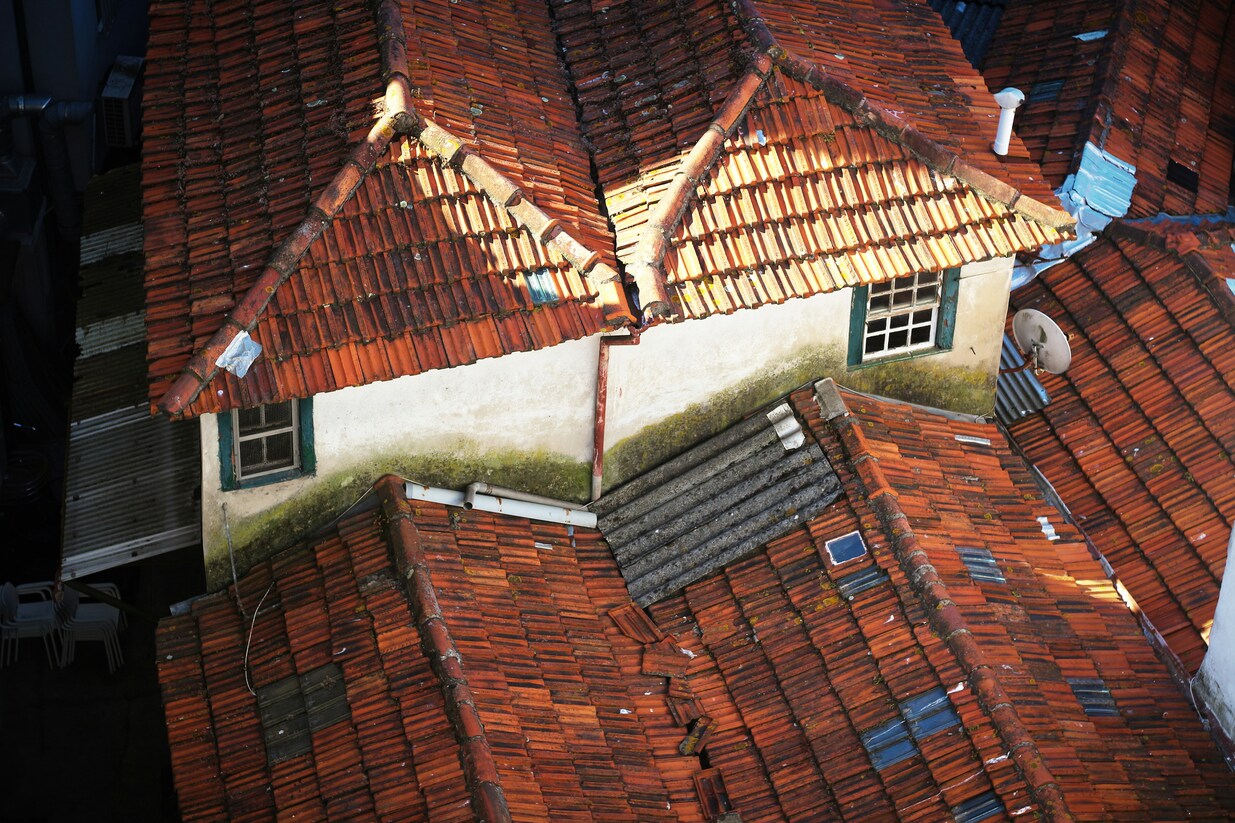Protection of your property depends on knowing the lifetime of a roof. Roofs do not last a lifetime, so understanding when to replace rather than repair may save money and time. Different indicators show up as roof matures that will guide you in decisions. This article divides the main stages of roof aging and guides your decision at each one.
Finding Early Wear Signs
The initial phase of a roof’s lifetime consists of the emergence of little problems that might not appear critical. These usually show up as discolored areas, curled shingles, or little leaks. These symptoms are typically brought on by exposure to the elements, moisture accumulation, or inadequate ventilation. These issues should not be disregarded even if they might not show clear failure right now. Frequent inspections at this point assist in identifying early damage and stopping its progress. Right now, repairs are usually cheap and easy. Clearing gutters, fixing broken shingles, or sealing leaks will all help to extend the life of the roof. It is crucial to check, nevertheless, whether these problems resurfaced following a repair. Should minor problems linger or start to impact walls or interior ceilings, the situation may be more profound than first apparent. Maintaining good condition of the roof over the initial portion of its lifetime depends on early wear being identified and addressed.
Roof Issues Mid-Life
Halfway through their anticipated lifetime, roofs frequently start to display more regular aging patterns. At this point, you can see extensive shingle deterioration, obvious drooping, or regular repairs. Around vents or chimneys, flashing might become loose; under insulation, moisture may be evident. Although focused repairs can still help with certain issues, the expenses could start to mount. This is the moment to assess if repairs still have an impact and how often your roof needs maintenance. If you find yourself fixing several spots over a brief period, the general integrity of the construction may be diminishing. Mid-life problems need for thorough investigation to see if you are approaching the time of complete replacement or whether the roof will endure longer. A thorough condition inspection from a roofing specialist will help you budget financially for forthcoming roofing requirements and offer clarity.
Indices of Necessity for Replacement
There comes a time in the life of a roof when repairs are not sensible. Replacement might be the best option when big portions of the roof exhibit deterioration or when inside water damage becomes typical. Typical signs are missing shingles, mold development, sagging sections, or daylight coming through the attic. Should the roof display extensive problems and approach the end of its estimated lifespan, repair attempts may not last long. At this point, replacing the roof can help to avoid energy inefficiency and expensive interior damage. Particularly in areas with plenty of rain, wind, or snow, a new roof also provides structural stability and peace of mind. Ignoring serious symptoms can result in emergency replacement, which might be more disruptive and costly. Closely monitoring the state of the roof during this period will help you prevent unanticipated breakdowns and safeguard your property over lengthy terms.
Comparatively weighing repair expenses against replacement ones
Comparing short-term and long-term expenses helps one decide whether to replace or repair. Although a repair would seem less costly initially, over time, frequent repairs can add more to the total replacement cost. Investing in a new roof might be more affordable if repairs only fix a portion of the problem or if fresh problems keep showing up. Newer roofing materials also sometimes provide superior insulation, energy savings, and longer lifespans—which can help offset the initial outlay. Another consideration is insurance; certain plans can cover roof replacement resulting from storm damage. Getting many quotations from qualified experts will enable you to grasp the budgetary range of both options. Making a cost-effective choice entails juggling predicted future demands with the present state.
Establishing a Roof Maintenance Strategy
By means of consistent roof care, one may postpone the need for complete replacement and increase the lifespan of the roof. Among the maintenance chores are gutter cleaning, flashing check-ups, trash removal, and professional inspection scheduling. Recording these events enables one to monitor the state of the roof over time and find damage trends. Extreme weather and seasonal fluctuations can hasten wear; hence, depending on your area, it is advisable to modify the frequency of maintenance. For instance, homeowners scheduling regular roof repairs in Los Angeles might change their maintenance strategy after a lot of rain or heat waves, two major stresses in the area. Early identification of any problems—such as broken tiles or moss growth—allows for minor, under-control fixes before more significant ones develop. By minimizing water damage and enhancing airflow, maintenance also helps a house be safer and more energy efficient. Regular scheduling reduces roof breakdown stress and repair costs. Proactive roof maintenance protects your investment and extends its lifespan.
Conclusion
Responsible property management mostly depends on knowing when to replace and fix your roof. From early wear indicators to significant damage, every step of a roof’s life brings unique difficulties. Clear planning, prompt repairs, and frequent maintenance assist in extending roof life and lower unplanned costs. Understanding these phases helps you to act with confidence and properly defend your property
